Deliveries of Xiaomi’s first electric car are due to begin this month with pricing set to be revealed on 28 March.
The brand’s first-ever production car, the Xiaomi SU7 is a Porsche Taycan-rivalling electric saloon which is the first among a range of new models set to launch over the next few years.
It will first be available in China, where 59 stores in 29 cities are primed to take orders, but Xiaomi has plans for global sales.
The new saloon debuted 1003 days after the Chinese consumer electronics company initially announced its plans to enter the electric car ranks in 2021 with an initial investment of RMB10 billion (£1.1 bn) and plans for a further RMB70bn (£7.8bn) over the next 10 years.
At its unveiling in Shanghai in December 2023, Xiaomi CEO Lei Jun said the company wants to become one of the world’s top five car makers within the next 15 to 20 years.
“Xiaomi will rival Porsche and Tesla, and create a dream car for the new era of the automotive industry,” he said.
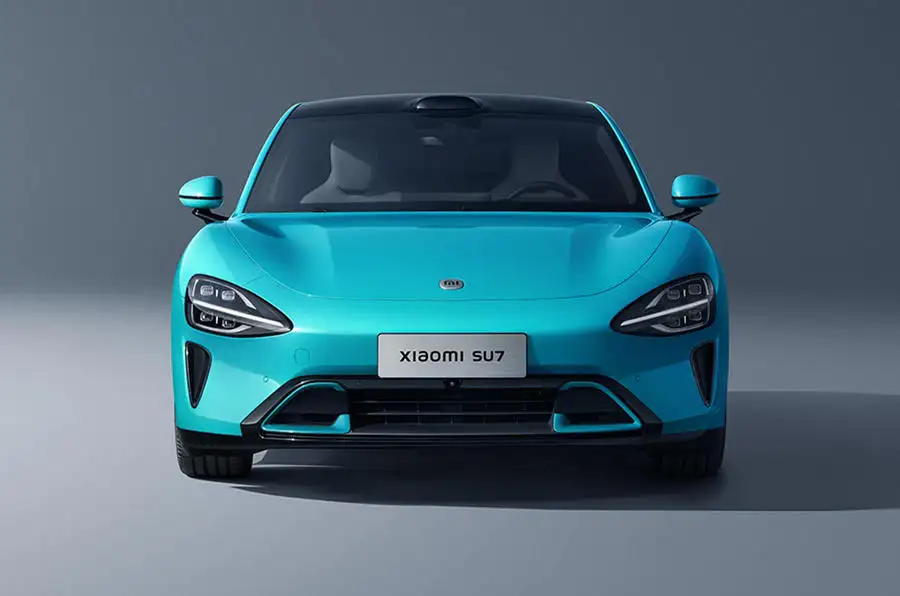
Further Xiaomi models will include an SUV, according to plans already revealed by the Beijing-based company.
The basis for Xiaomi’s first production model is a new electric car platform that goes under the internal name Modena. It has been conceived to support 400-volt and 800-volt electric architectures, plus single- and dual-motor drivetrains.
The styling of the SU7 was developed in-house under the leadership of Xiaomi’s head of design, Sawyer Li. Li has contributed to several recent new cars, including the BMW iX and Circular Vision Concept during a five-year stint at the German car maker.
At 4997mm in length, 1963mm in width and 1440mm in height, the new saloon is 34mm longer, 3mm narrower and 44mm higher than the Porsche Taycan, and has a wheelbase 100mm longer than its German rival at 3000mm.
The sleek lines contribute to a claimed drag co-efficient of just 0.195. This makes it one of the most aerodynamically efficient production cars yet, beating the 0.199 claimed by Geely for the new Galaxy E5 and roughly matching GAC’s Hyper GT.


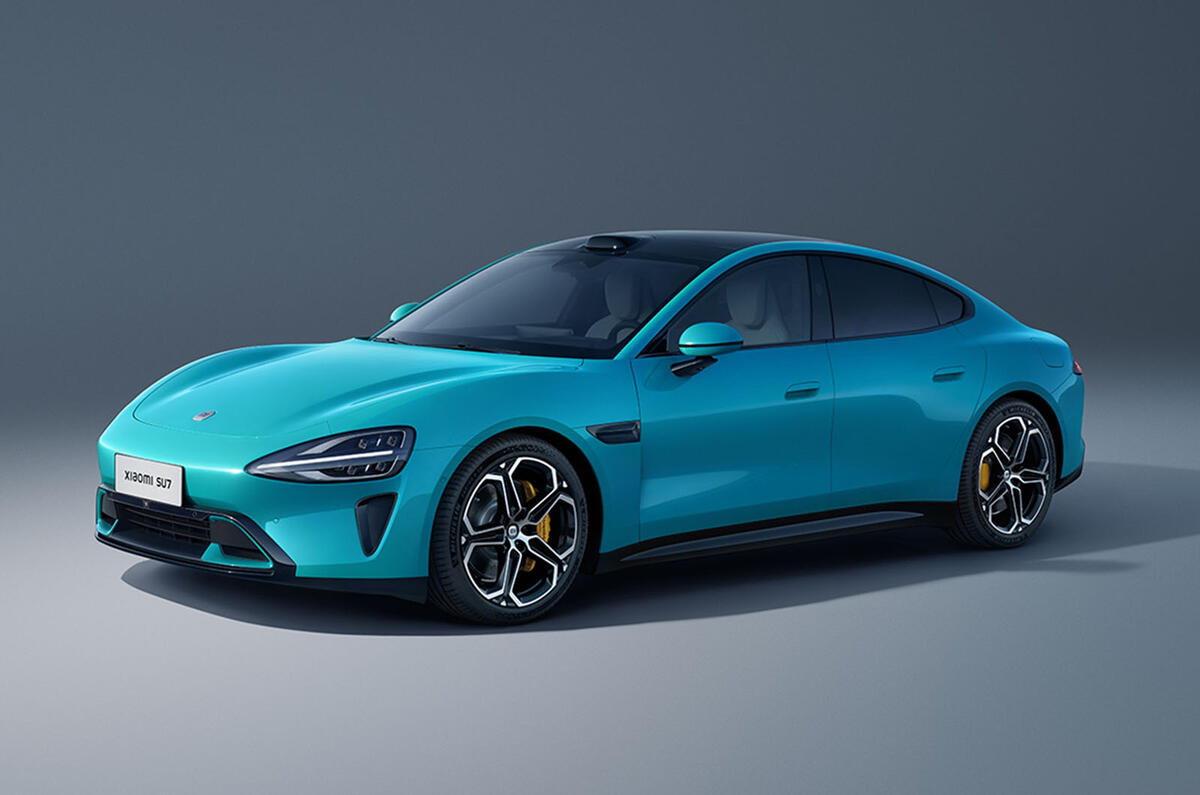
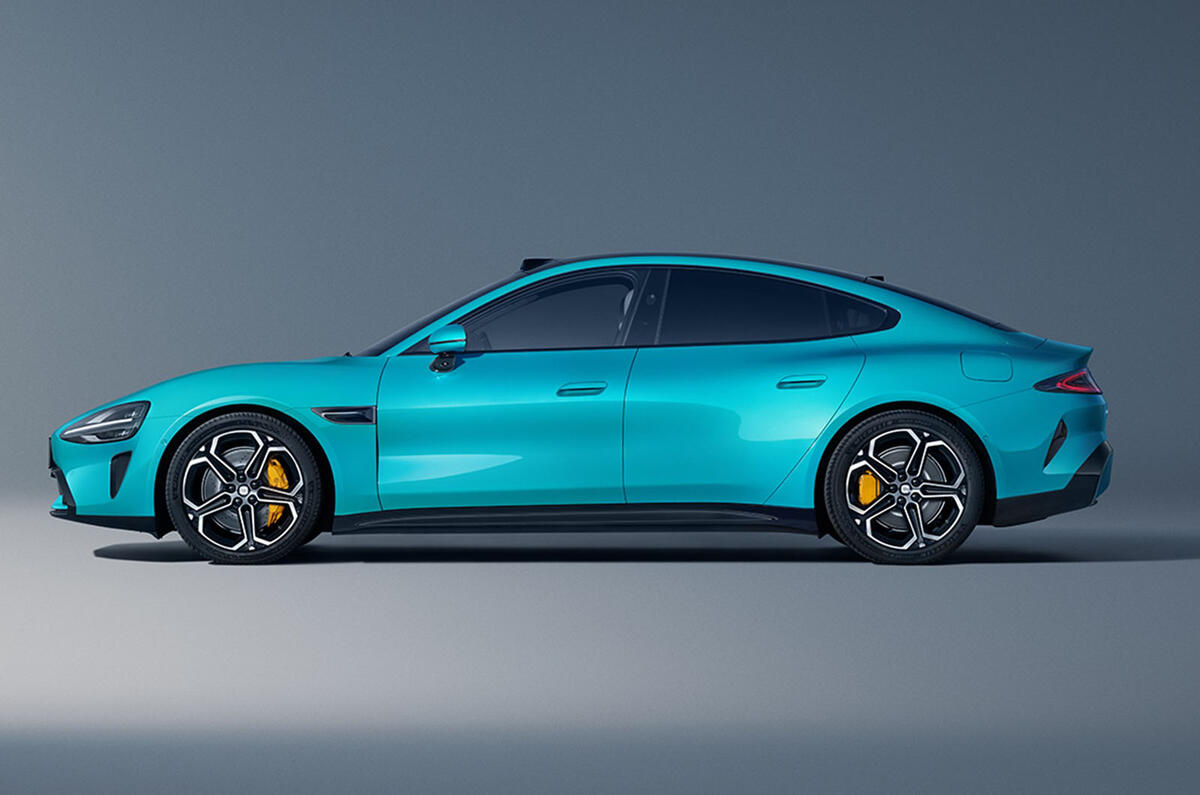
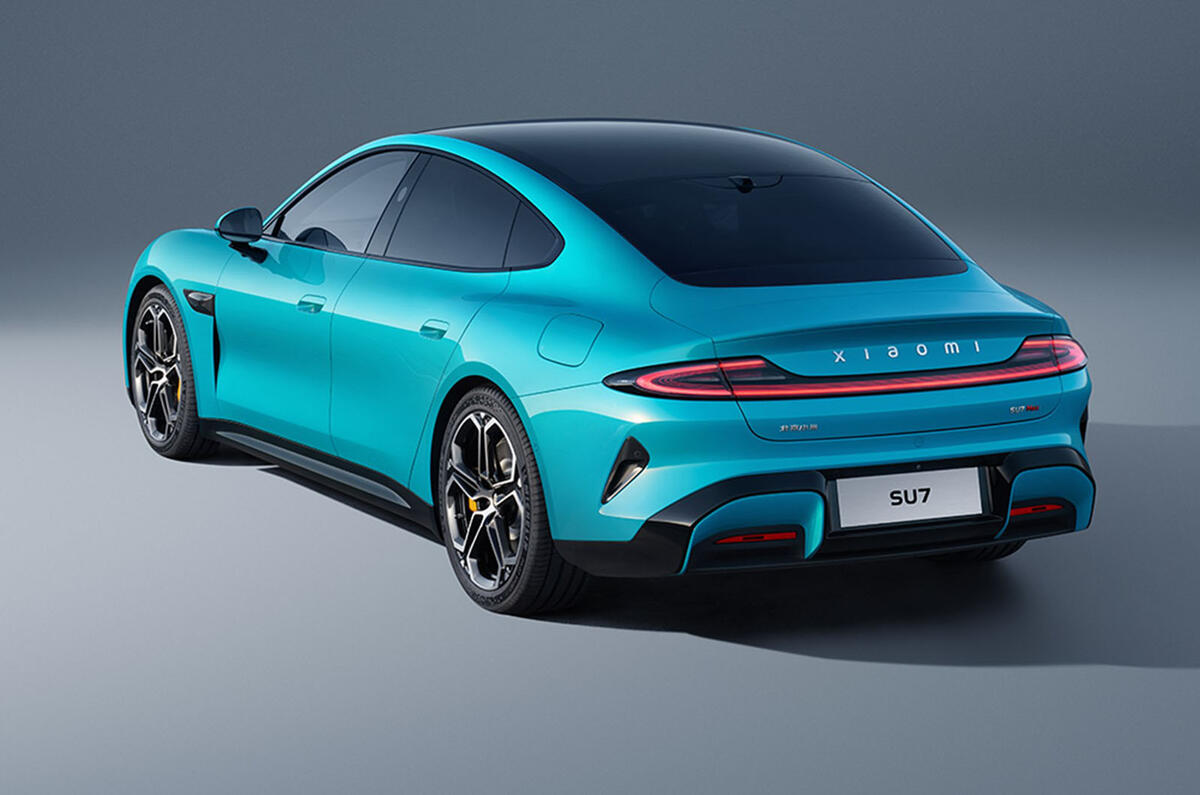
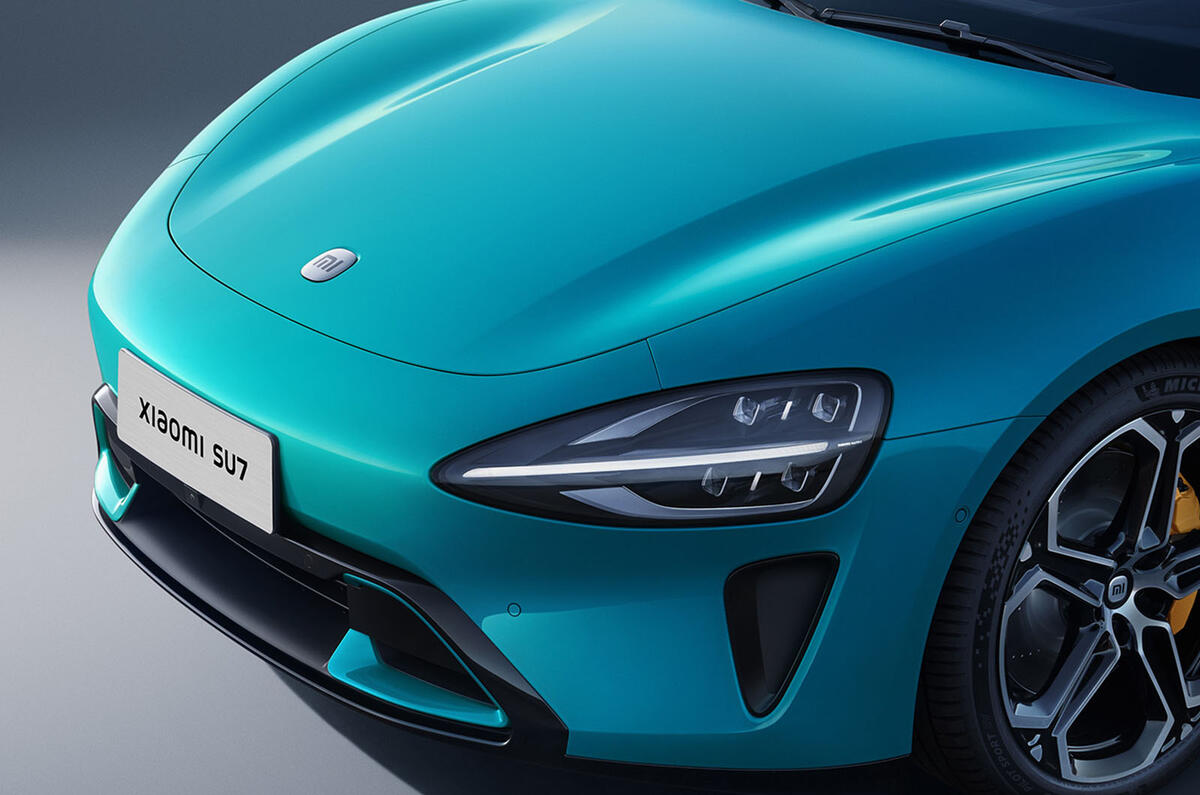
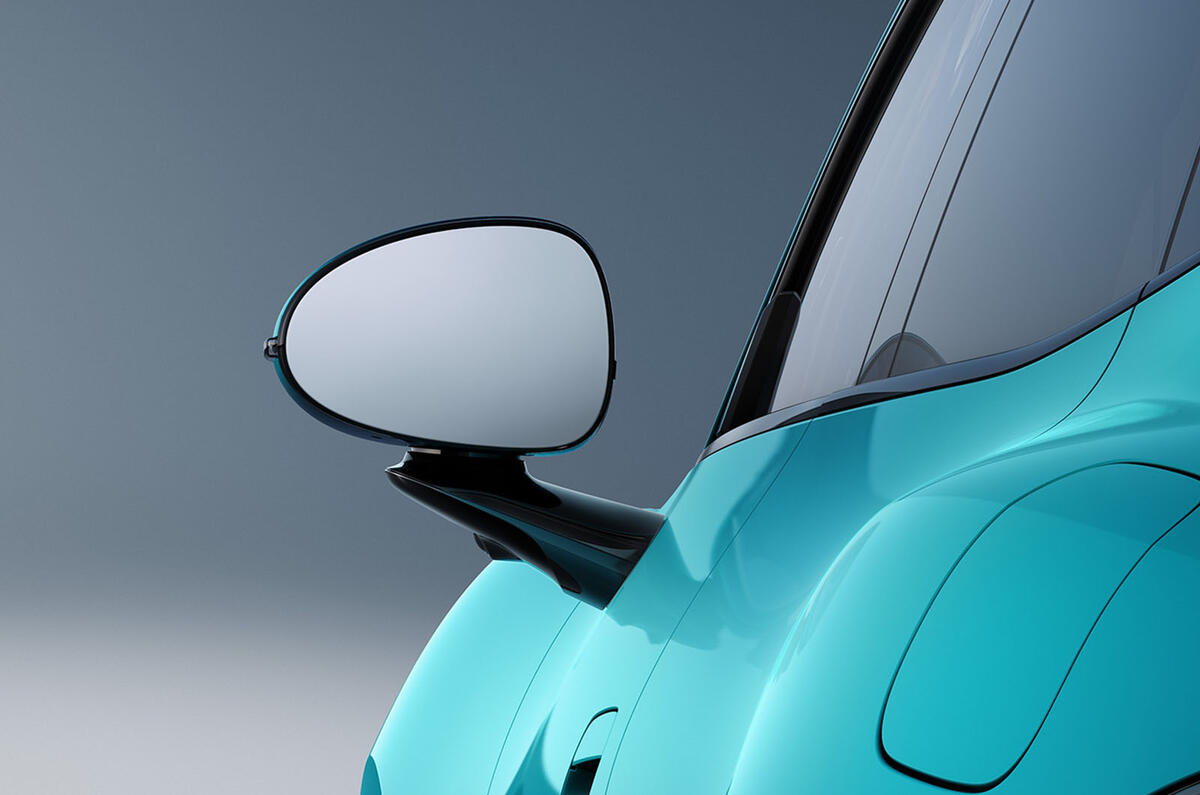
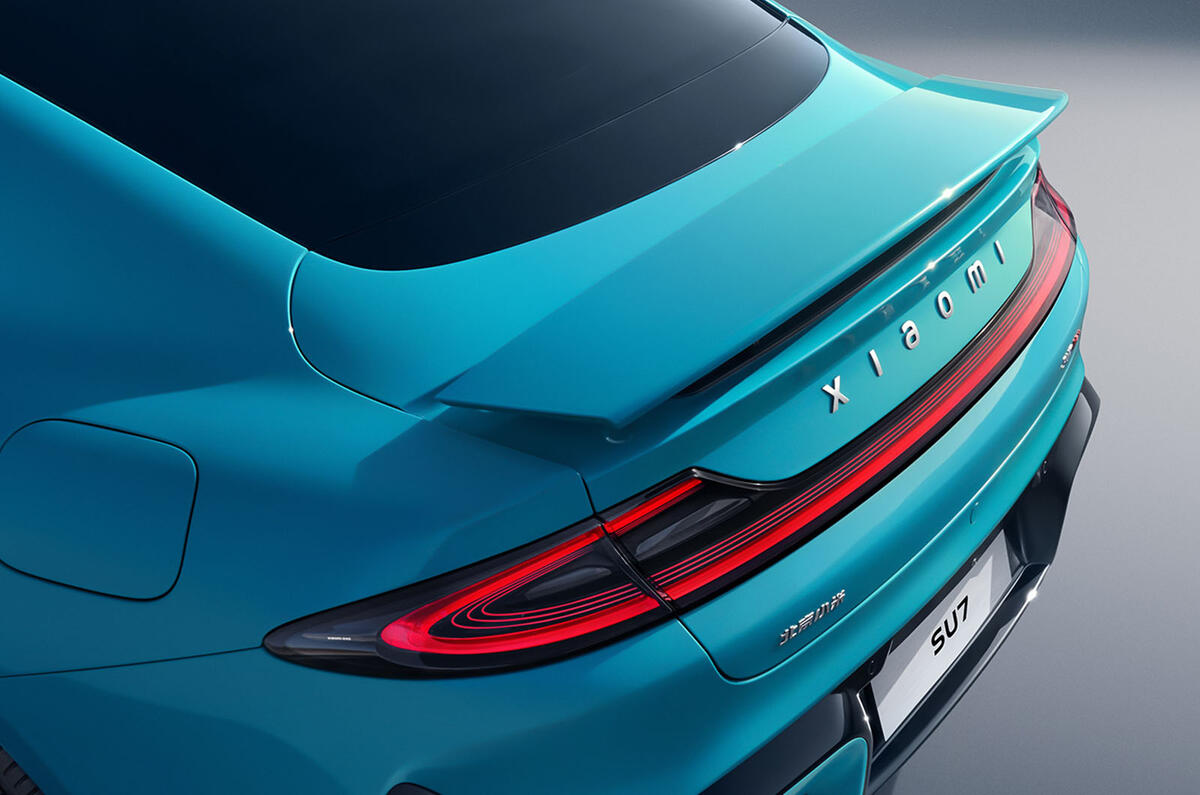
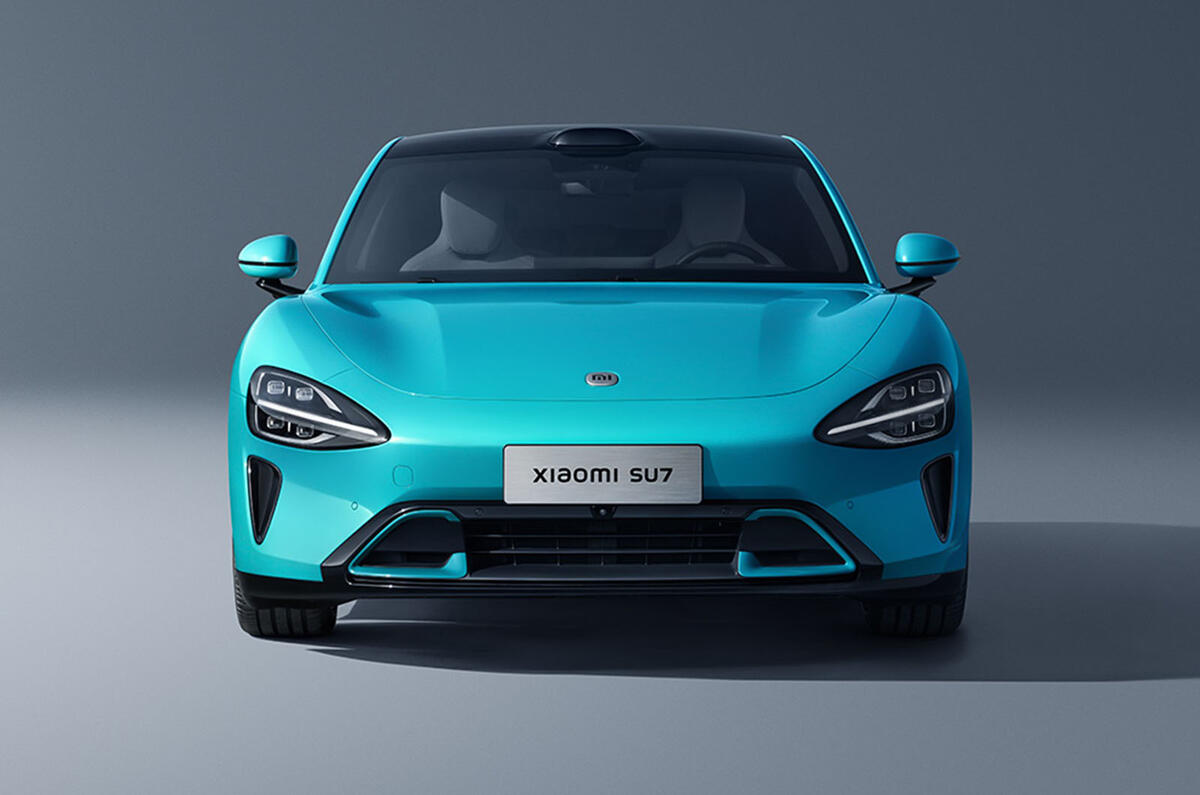
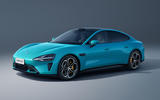
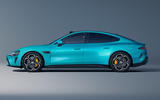
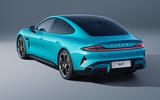






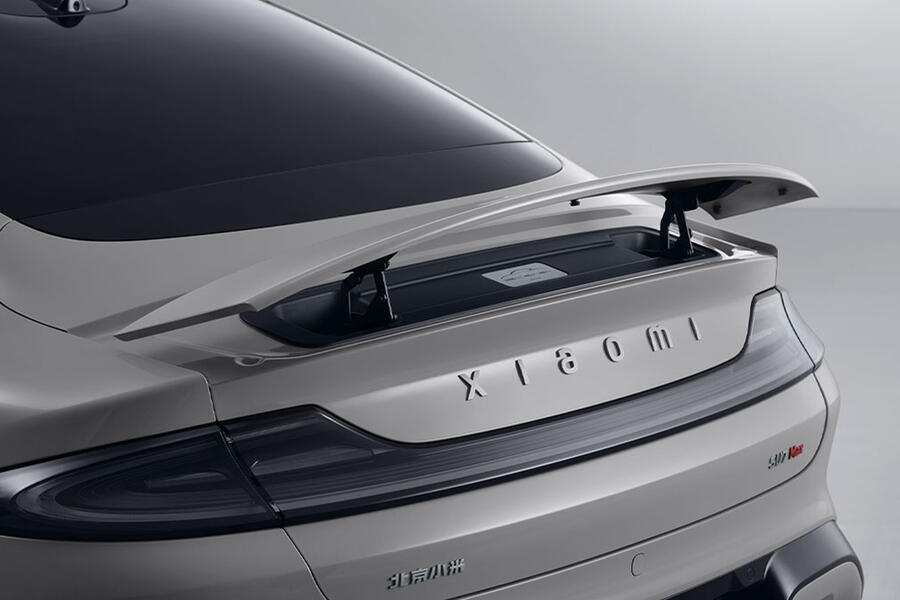

Join the debate
Add your comment
The legacy brands are toast.
Not just through this, but through their own relentless price gouging over the past few years. Through western governments legislating them out of business, and through making EVs that are just re-powered ICE cars with all of the compromises.
All they had to do was look at Nokia, but they just ploughed on relentless.
Matching their tariffs would be a good starting point.
They could try designing something new and original that doesn't look like someone else's product. Something the Chinese are apparently incapable of.
...exactly martin_66
I can just see the Taycan owners queuing up to trade in for a car with an unpronounceable name!
They would be laughed out of their Tennis/Golf/Sailing/Polo club...
Or, something the Chinese are quite good at?, they seem to be able to churn out stuff quickly,whether it's any good only a test in the West ( ooops! It rhymes) would confirm.